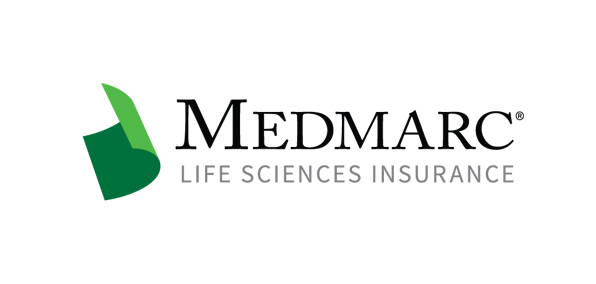FDA Releases Two Draft Guidance Documents to Advise Manufacturers on Post COVID-19 Protocol
During the COVID-19 pandemic, the U.S. Food and Drug Administration (FDA) felt pressured to expeditiously authorize new medical devices that could protect the public. Medical equipment such as diagnostic tests, masks, gowns, gloves, respirators, ventilators and ventilator accessories, as well as sanitizers were in short supply. This led many manufacturers to step up and provide the public with new devices. These devices required expedient clearance for marketing. To meet these challenges, FDA created two novel pathways to approval and clearance – Emergency Use Authorization (EUA) and Enforcement Policies. Manufacturers utilized these pathways for lawful marketing of their devices. Although we are not out of the pandemic yet, FDA has signaled an end to these special rules by releasing two new guidance documents on December 22, 2021. In these draft guidance documents, FDA’s Center for Devices and Radiological Health (CDRH) spells out the transition that will be occurring soon.
The termination of EUAs and enforcement policies means that manufacturers that used either of these two pathways will need to secure authorization or approval of their devices within 180 days. The “clock” starts on the 180-day deadline differently depending on the particular pathway used by the manufacturer during the pandemic. (See the guidance documents, here [download 1] and here [download 2], for details on the 180-day requirement.) FDA also announced that it will hold a webinar on February 22, 2022 to explain the new guidance and how the transition away from the emergency measures will occur. FDA has set a deadline of March 23, 2022 for interested parties to submit comments, here https://www.regulations.gov/, which will allow FDA to review and evaluate the potential impact of this transition on manufacturers and distributors.
>It will be important for manufacturers to determine when their 180-day timer commences and what avenues are available for approval to avoid potential enforcement actions and recalls. Additionally, it is important to note that products that are marketed without the appropriate FDA clearance or approval can be extremely difficult to defend in products liability actions, providing another reason to ensure regulatory compliance. Manufactures should begin to confer with counsel regarding submission of applications to FDA through traditional approval and market clearance pathways. Per the guidance documents, these actions should take place before the last phase of the triphasic transition.
For more information on what will happen to products brought to market under pandemic regulatory pathways, please see “Emergency Use Authorization Be Aware Be Prepared,” a webinar Medmarc produced on this topic, which was presented by Jianlin Song, Esq. on July 27, 2021 and which is accessible here.
For additional resources contact the Marketing department
Phone: 888-633-6272
Medmarc is a member of ProAssurance Group, a family of specialty liability insurance companies. The product material is for informational purposes only. In the event any of the information presented conflicts with the terms and conditions of any policy of insurance offered from ProAssurance, its subsidiaries, and its affiliates, the terms and conditions of the actual policy will apply.
Copyright © 2026 - Medmarc
